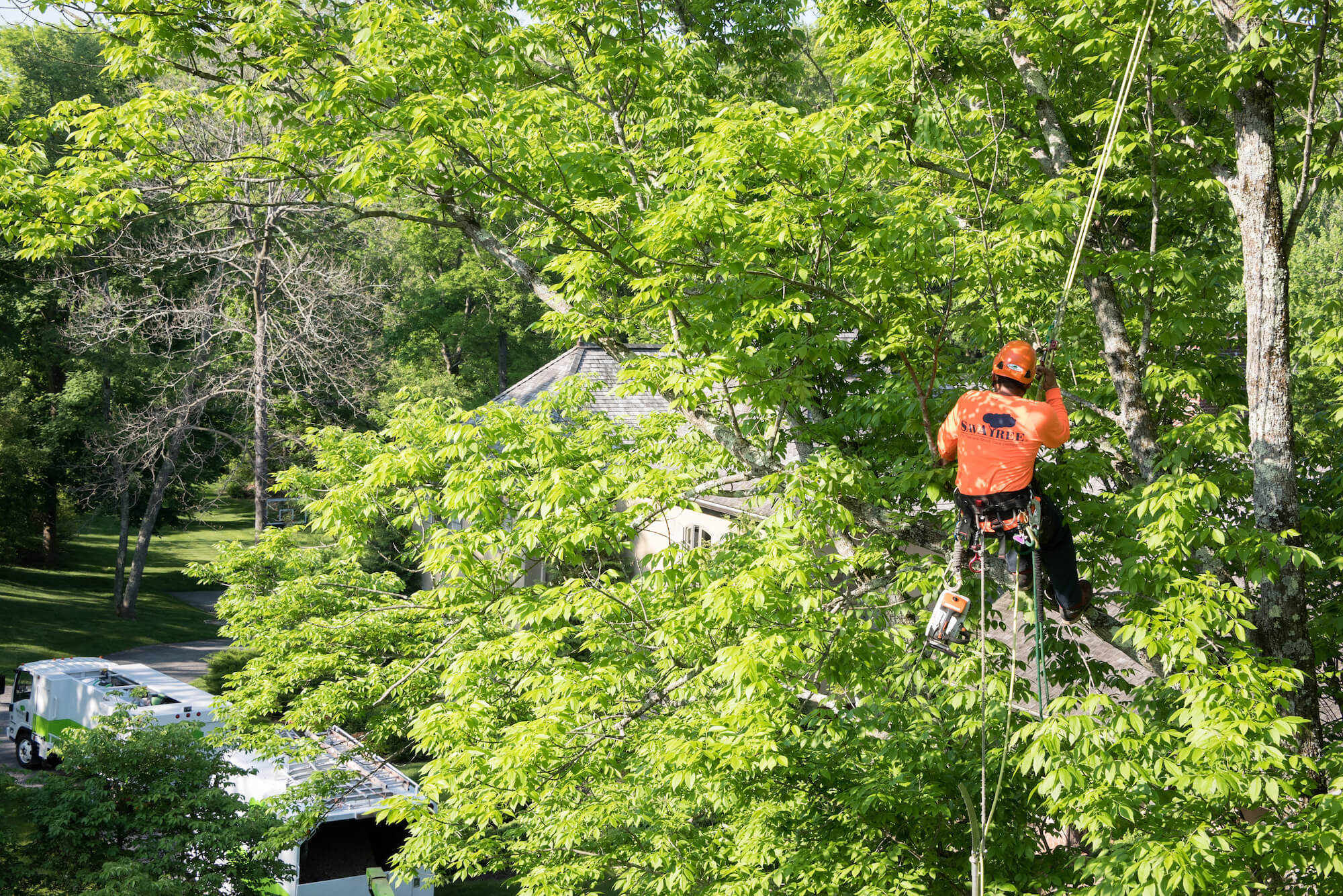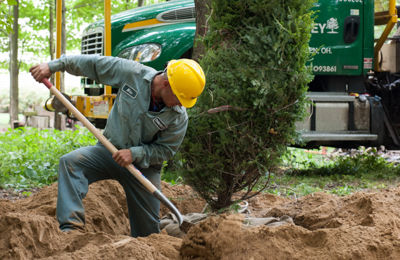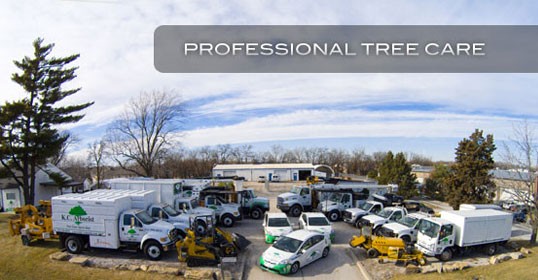Comprehending the Relevance of Tree Conservation and Conservation Practices in Urban Locations
In the bustling landscape of metropolitan environments, trees often stand as quiet guardians, offering a plethora of advantages that extend much past their aesthetic appeal. Understanding the value of tree preservation and conservation techniques in these locations is not just an environmental consideration however an all natural method to promoting lasting and resistant areas. As we discover the intertwined material of ecological, social, and economic benefits that urban trees offer, it ends up being evident that their conservation is critical for the health of future and present generations. Allow us start a trip to discover the vital duty that trees play fit the city landscapes of tomorrow.
Environmental Benefits of Trees in Cities
Trees in metropolitan areas play an essential duty in offering various ecological advantages, adding to the general health of city occupants. One considerable advantage is the enhancement of air top quality. Trees serve as natural filters, soaking up toxins such as carbon monoxide gas, sulfur dioxide, and nitrogen dioxide, and launching oxygen right into the atmosphere. This procedure helps in reducing the focus of damaging gases, making the air cleanser and much healthier for citizens.

In addition, trees add to water monitoring by minimizing stormwater runoff and soil erosion. Overall, the ecological advantages of trees in cities are vital for producing sustainable and habitable urban atmospheres.
Social Relevance of Urban Tree Preservation
In modern city landscapes, the conservation of trees holds significant social importance for fostering community wellness and improving high quality of life. Urban tree preservation plays an essential duty in producing rooms for social interaction and neighborhood engagement. Trees give gathering places for people, such as parks and green locations, where neighborhoods can come together for leisure tasks, get-togethers, and leisurely strolls. The presence of trees in metropolitan settings has been connected to minimized degrees of tension, improved mental health and wellness, and increased sensations of health amongst homeowners. Furthermore, trees add to the aesthetics of areas, creating visually enticing surroundings that enhance the general livability of metropolitan areas.

Economic Worth of Tree Conservation
The conservation and preservation of urban trees supply significant financial advantages that contribute to the general financial well-being of cities and neighborhoods. Urban trees supply a large array of financial benefits that positively influence neighborhood economic climates.
Furthermore, trees play a crucial function in decreasing stormwater overflow and reducing the impacts of flooding, which can result in cost savings for cities in terms of framework repair and maintenance. Urban trees also contribute to improved air high quality by launching and taking in contaminants oxygen, resulting in possible savings in health care costs linked with respiratory system illnesses. By investing and identifying in the financial worth of tree conservation, cities can promote sustainable advancement, enhance high quality of life, and create more durable urban atmospheres.
Techniques for Sustainable Urban Tree Monitoring
A thorough technique to lasting metropolitan tree administration entails integrating diverse strategies that focus on long-term environmental health and area wellness. Implementing tree stocks and evaluations is important to comprehend urban tree populations, their health and wellness, and upkeep needs.
Community interaction plays a crucial role in lasting metropolitan tree management. Informing homeowners about the benefits of trees, organizing tree planting events, and including volunteers in tree treatment activities cultivates a sense of ownership and stewardship. Collaboration between city government, ecological companies, and homeowners is essential to developing and executing effective tree administration plans.
Spending in environment-friendly infrastructure, such as eco-friendly roofs and metropolitan woodlands, can provide several benefits, including enhanced air quality, stormwater monitoring, and urban heat island mitigation. Tree trimming CT. Incorporating trees into urban preparation and layout procedures ensures that trees are valued as essential components of a resistant and healthy city atmosphere
Neighborhood Involvement in Tree Preservation
Area participation is a basic part in promoting sustainable metropolitan tree management techniques and making sure the lasting health and wellness and preservation of city tree populaces. Engaging the neighborhood in tree preservation campaigns can cause boosted understanding, admiration, and stewardship of trees within metropolitan areas. When Tree service guilford ct locals proactively join tree conservation, planting, and maintenance initiatives, they create a sense of ownership and satisfaction in their local atmosphere.
Neighborhood participation also promotes social communication and cooperation amongst homeowners, regional authorities, and ecological organizations, fostering a shared duty for urban tree preservation. By organizing tree growing occasions, educational workshops, and volunteer possibilities, areas can collaborate to enhance the metropolitan tree canopy and develop greener, much healthier cities. Involving residents in decision-making processes concerning tree administration guarantees that varied perspectives and neighborhood expertise are thought about, leading to much more lasting and efficient conservation methods. Ultimately, neighborhood participation plays a critical role in structure growing and resistant urban forests for future generations to appreciate.
Conclusion
To conclude, urban tree conservation and preservation methods play an essential function in boosting the ecological, social, and financial well-being of cities. By recognizing the value of trees in city locations and carrying out sustainable administration methods, communities can take pleasure in the various advantages that trees give. It is necessary for stakeholders to proactively join tree preservation initiatives to guarantee a greener and healthier city setting for future and current generations.
